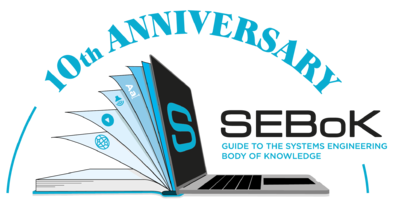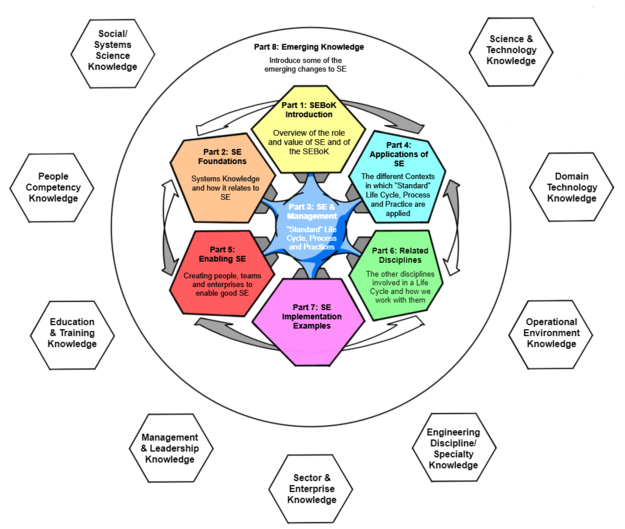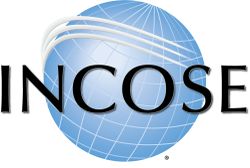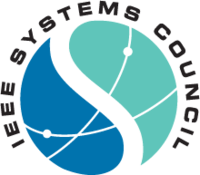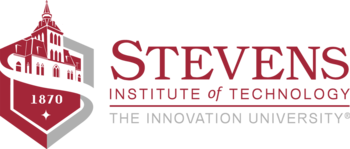Guide to the Systems Engineering Body of Knowledge (SEBoK)
Welcome to SEBoK v. 2.7
The SEBoK provides a guide to the key knowledge sources and references of systems engineering organized and explained to assist a wide variety of individuals. It is a living product, accepting community input continuously, with regular refreshes and updates. The SEBoK is a not compendium but instead references existing literature and much of the content has restricted intellectual property rights.
Systems engineering is an interdisciplinary approach and means to enable the full life cycle of successful product, service and enterprise systems. It includes problem discovery and formulation, solution definition and realization, and operational use, sustainment, and disposal. It can be applied to single problem situations or to the management of multiple interventions in commercial or public enterprises. Those new to systems engineering can find introductory articles which provide an overview of systems engineering, place it in historical context, and discuss its economic value in Part 1 of this body of knowledge.
This edition is particularly special because it coincides with the 10th anniversary of the SEBoK.
Dedication
This release coincides with the 10th anniversary of the release of SEBoK v. 1.0. We would like to dedicate this edition to our friend and colleague, Barry Boehm. Barry was not only an exceptional software and systems engineer but a true gentleman. He was a key member of the team that kicked off work on SEBoK v. 0.25 in 2009 and he led the development of "Part 3", which covers the body of what many would think of as systems engineering, and continued to serve as an editor throughout his life. Sadly, Barry passed away in August of this year, but his contributions to the field - which include the spiral development model, COCOMO, and Boehm's law among many others - will live on, as will our fond memories of working with him. Rest well, friend.
What's New?
A few things to look forward to in the latest update:
- A new article around loss-driven systems engineering, which specifically looks at system quality attributes like safety, security, and resilience through the lens of loss prevention.
- A new article on the history of systems engineering, which provides background on the early SE work leading up to more recent trends.
- Updates to the article on systems and industrial engineering.
- Minor updates to improve resources and align with evolving practices throughout part 3, including in the articles around systems engineering standards.
- Minor updates to the articles in Part 5, particularly the addition of new resources.
- We have continued to make improvements in our wiki infrastructure.
SEBoK Organization
The SEBoK is a guide to the broad scope of SE-related knowledge. The core of this is tested and proven knowledge that has been developed through practice, documented, reviewed, and discussed by the SE community. In addition, the SEBoK also covers some of the emerging aspects of SE practice, such as Systems of Systems, Agile Life Cycle approaches and Model Based Systems Engineering (MBSE).
Systems engineering has its roots in the fundamentals, principles, and models of foundational systems sciences, and associated management and engineering sciences. It is effective systems engineering processes are applied within a managed life cycle working with a number of other management, engineering, and specialist disciplines. While traditionally applied to product development, systems engineering can also be applied to service and enterprise systems. As systems engineering is a collaborative approach, working with other engineering and management disciplines and specialties, it relies on competencies at the individual and team levels and appropriate structure and governance at organizational levels.
Starting from this basic view of the scope of knowledge relevant to SE, the SEBoK is organized into 8 parts as shown in Figure 1. Click on Figure 1 to navigate to any part of the SEBoK.
The SEBoK includes a glossary and a list of recommended references. The main content of the SEBoK can be downloaded as a PDF for offline access if desired.
SEBoK Governance
The SEBoK is overseen by the Governing Board appointed by the stewards, who oversee the SEBoK Editor-in-Chief and Editorial Board. The stewards contribute resources to manage the SEBoK wiki, support new releases, and encourage SEBoK adoption. Volunteer authors from the worldwide SE community continue to propose and create new content. Other volunteers review that new content. The stewards are INCOSE, the IEEE Systems Council, and Stevens Institute of Technology.
Contact us at sebok@incose.org.
